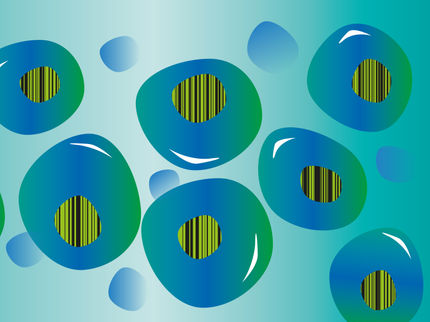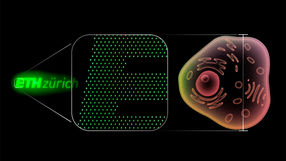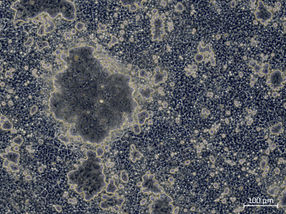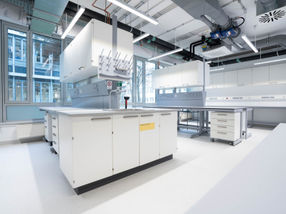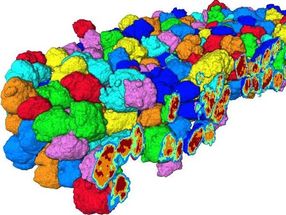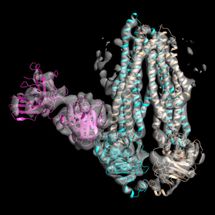New DNA analysis thousand times more sensitive
An international team of researchers has developed a new DNA technology which makes it possible to perform reliable analyses on DNA quantities that are a thousand times smaller than was previously the case. The method can be used, for example, to study small quantities of stem cells, starting tumour tissue, parts of plant and animal tissue, and archaeological samples. The team, which includes a researcher from Plant Research International, part of Wageningen UR, is publishing the new method in Nature Methods under the name LinDA.
The main difference between LinDA and commonly used methods is how DNA molecules are copied to make them identifiable in analysis equipment. With the current PCR-based DNA amplification methods only fragments between two primers can be amplified. Therefore regions with a higher GC content are more often amplified than regions with a higher AT content, as primers with high GC content bind to the DNA template at a higher temperature. With existing PCR based methods DNA fragments are amplified exponentially while LinDA DNA is amplified linearly. The latter is in particular attractive for the identification and quantification of low abundant DNA (or RNA) fragments.
In the new technology a specific DNA fragment is attached to the beginning and end of all DNA molecules in an analysis sample. This fragment is based on a specific piece of DNA that derives from a virus: the so-called T7 promoter. All DNA fragments containing this T7 promoter will be transcribed multiple times enabling DNA identification.
The new technology only copies original DNA molecules, while the commonly used techniques also copies copied molecules. The ‘old’ technologies are therefore often called ‘exponential’ because every copying attempt results in twice as many DNA molecules: 1, 2, 4, 8, 16, etcetera. As LinDA only copies the original DNA molecules, it creates a linear sequence: 1, 2, 3, 4, and so on.
Because the LinDA technology copies all DNA fragments in an analysis sample, and in a linear sequence as well, the DNA of a couple of thousand cells or a small archaeological find is sufficient. ‘Old’ technologies require approximately a thousand times more DNA. Moreover, the linear method is extra reliable as it has no bias toward GC reach regions, in contract to PCR based methods.
The LinDA technology can be used, for example, on a very small archaeological sample to determine what animal species it is from. It can also be used on starting tumours to study which genes are more or less active. In plants, the technology creates the opportunity to analyse the cells involved in a fungal infection in detail, thus building a better picture of a plant’s defensive system. This knowledge can then be used to develop plants that can better protect themselves against the fungus, which can in turn results in more sustainable plant production.
Most read news
Other news from the department science

Get the analytics and lab tech industry in your inbox
By submitting this form you agree that LUMITOS AG will send you the newsletter(s) selected above by email. Your data will not be passed on to third parties. Your data will be stored and processed in accordance with our data protection regulations. LUMITOS may contact you by email for the purpose of advertising or market and opinion surveys. You can revoke your consent at any time without giving reasons to LUMITOS AG, Ernst-Augustin-Str. 2, 12489 Berlin, Germany or by e-mail at revoke@lumitos.com with effect for the future. In addition, each email contains a link to unsubscribe from the corresponding newsletter.
Most read news
More news from our other portals
Last viewed contents
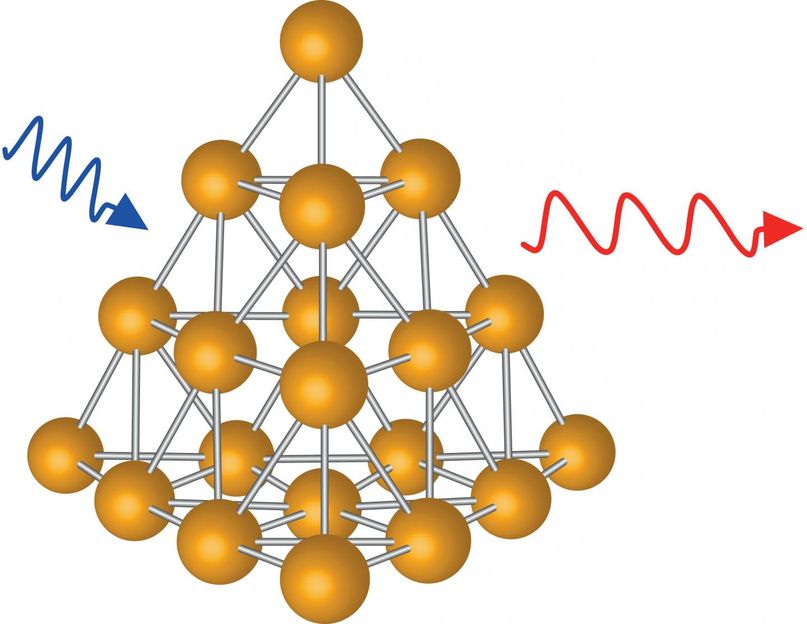
Gold shines through properties of nano biosensors - Fluorescence in ligand-protected gold nanoclusters is an intrinsic property of the gold particles themselves
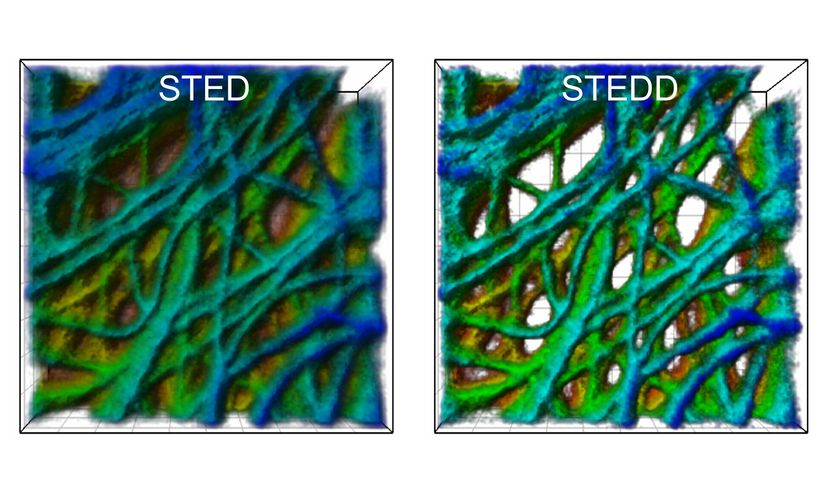
Background suppression for super-resolution light microscopy
GATC acquires SOLiD DNA Sequencer from Applied Biosystems
‘Two in a row’ as Malvern Instruments wins Queen’s Award for second year in succession
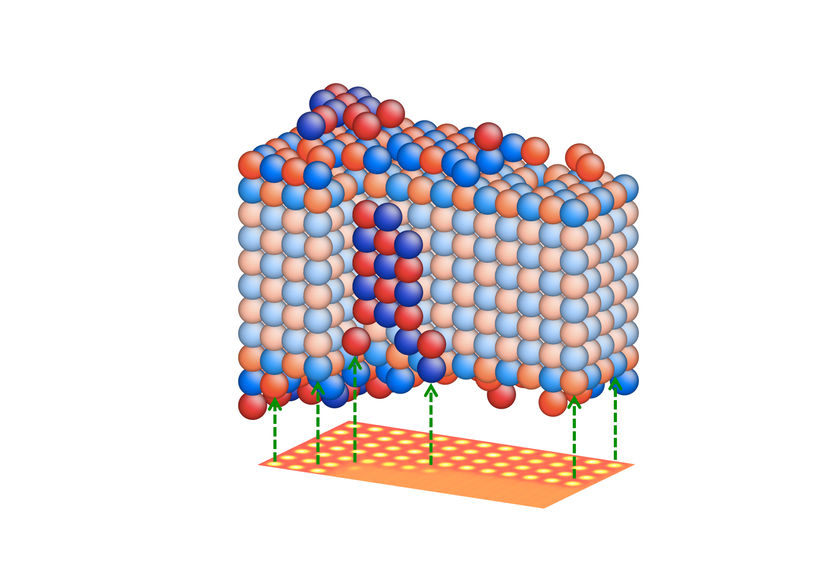
A Breakthrough in Electron Microscopy - Scientists reconstruct third dimension from a single image
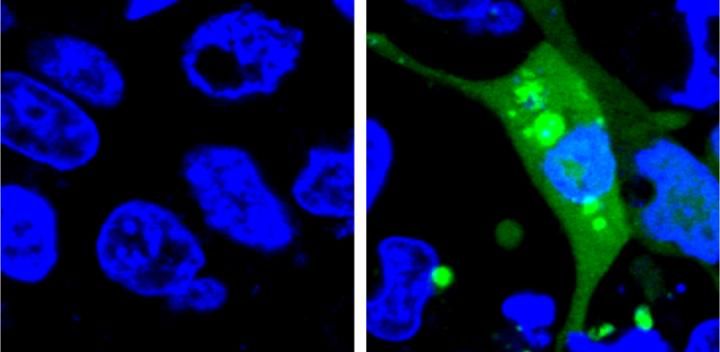
New, more sensitive sensor for evaluating drug safety

Malvern Instruments executive honoured for contribution to science and innovation

Unraveling a genetic network linked to autism
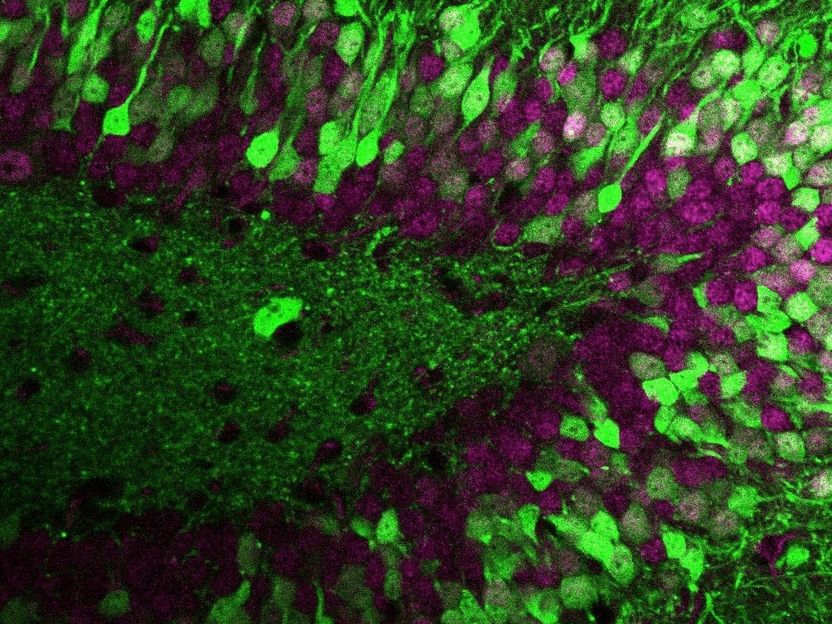
Unique fingerprint: What makes nerve cells unmistakable?
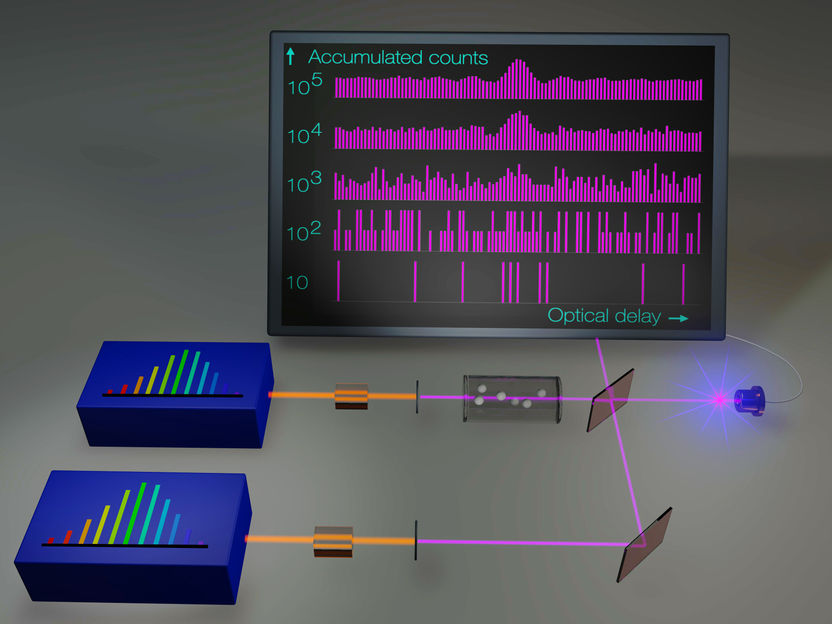
Optical Frequency Combs Make Ultraviolet Spectroscopy More Sensitive and More Precise - The development promises advances in several scientific and technological fields
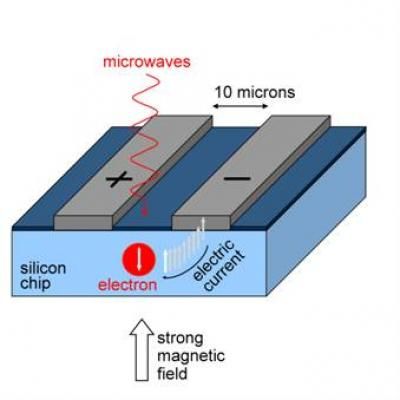
Putting a new spin on current research

